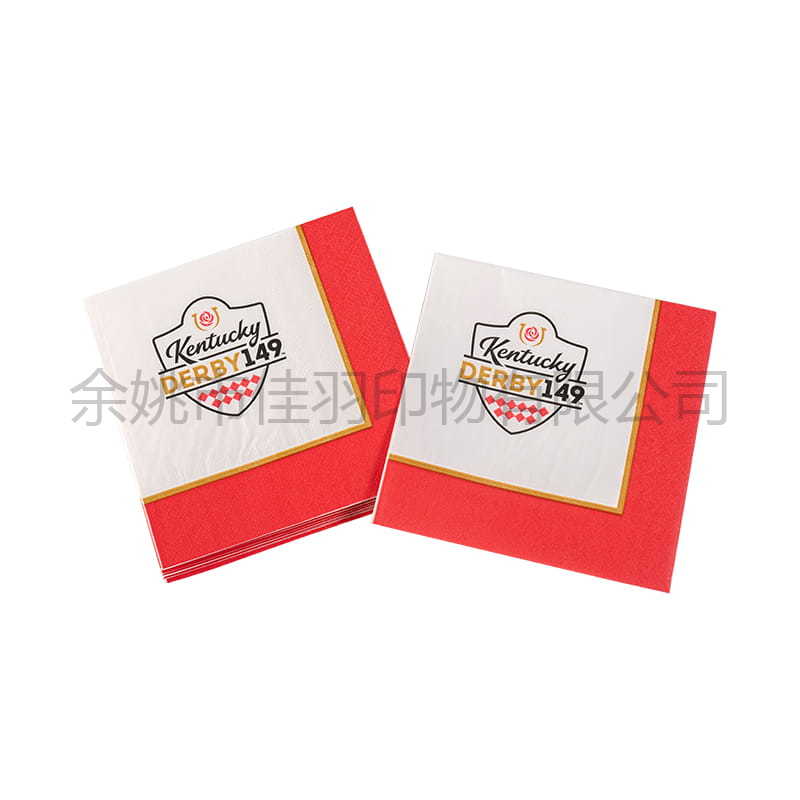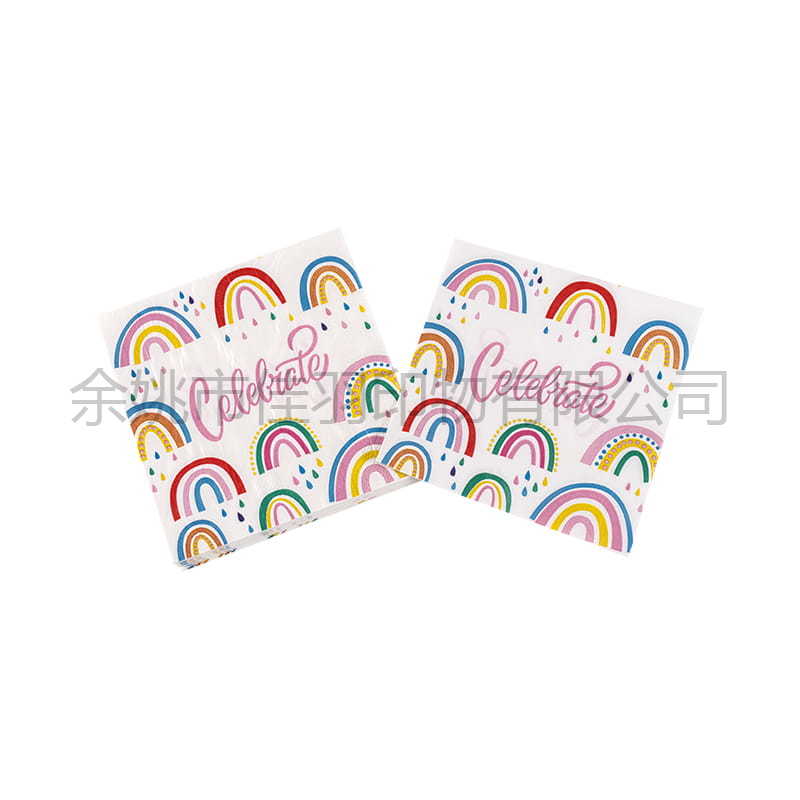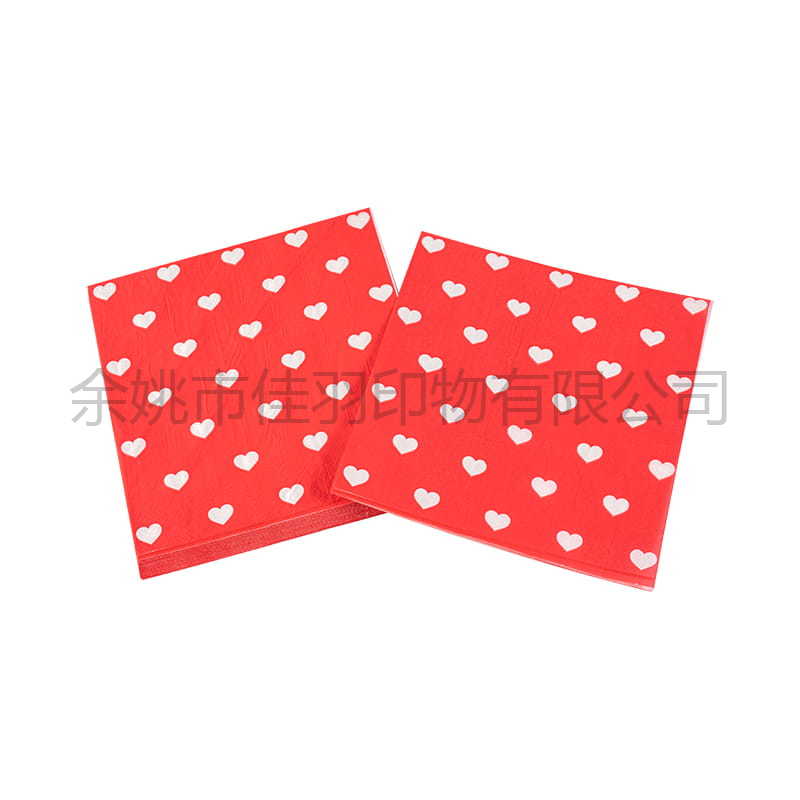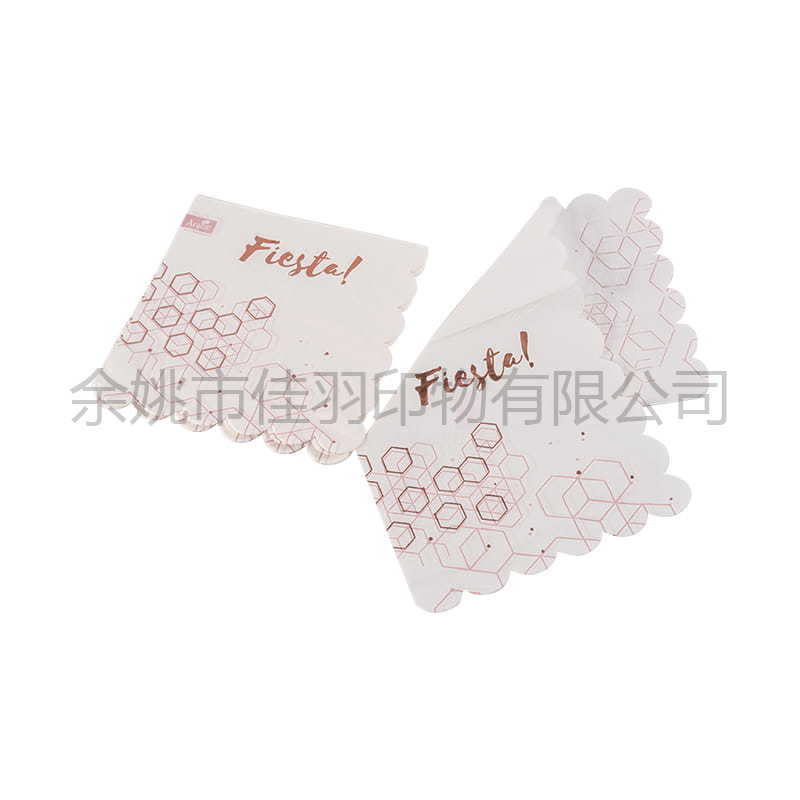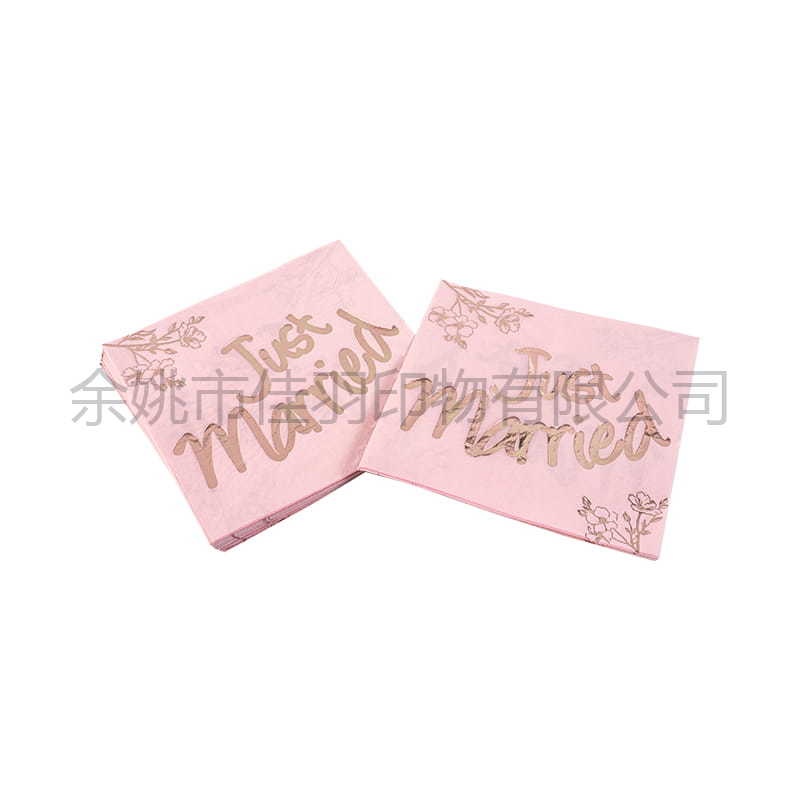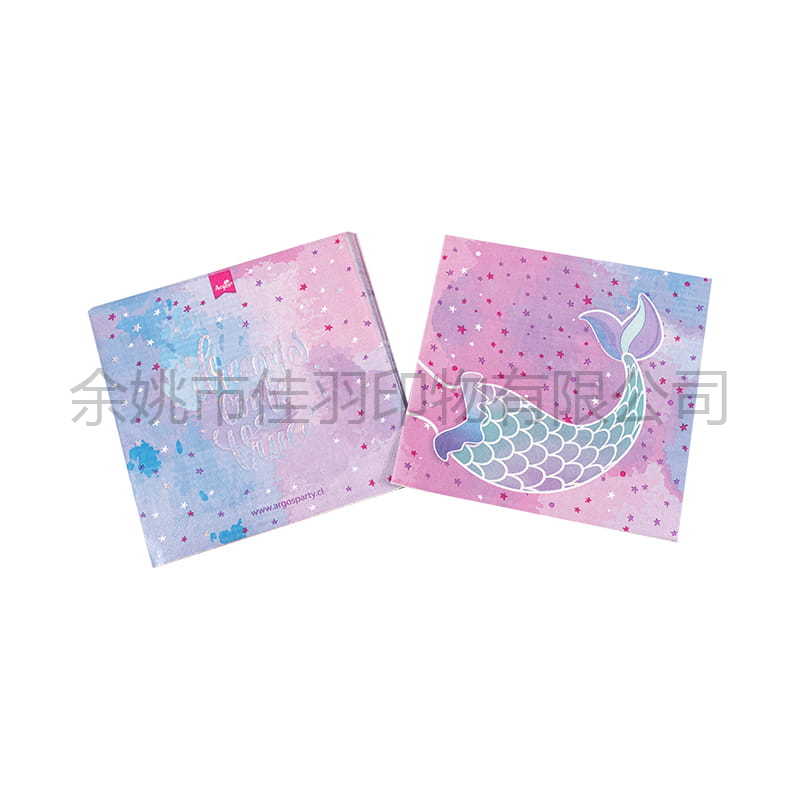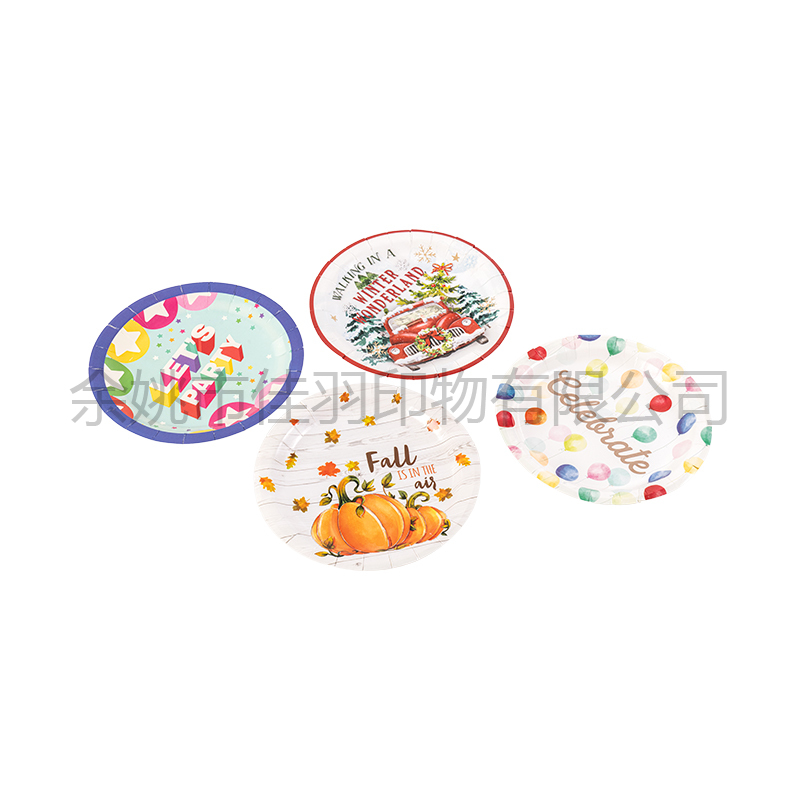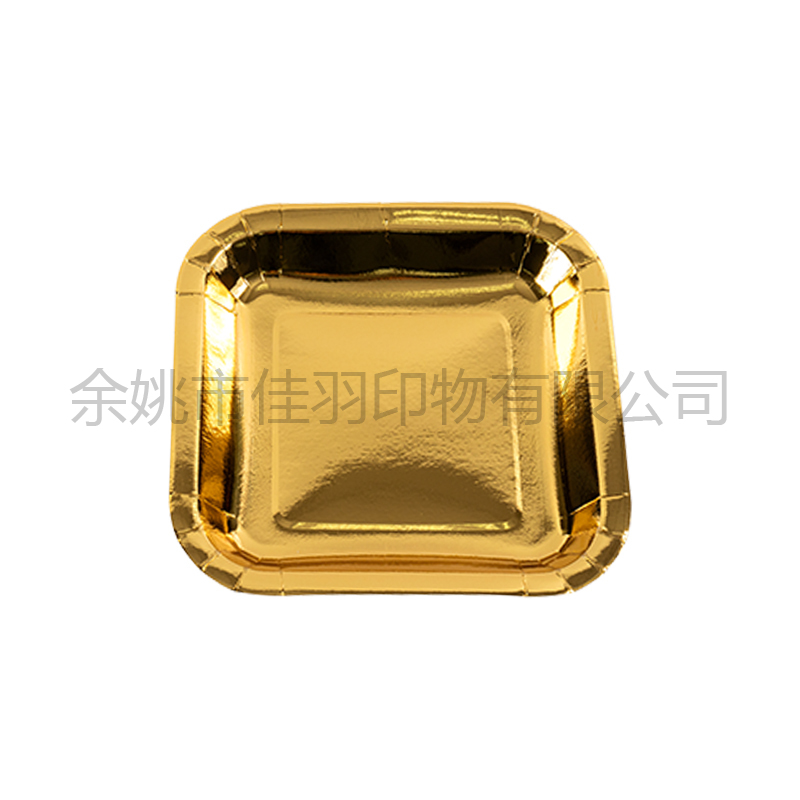With increasing global focus on sustainable development and environmental protection, the environmental friendliness of disposable paper plates has become a frequently asked question by consumers and the catering industry. As a professional manufacturer of disposable paper plates, we believe the answer is not black and white, but depends on the material, production process, and recycling method.
The "Environmental" Challenges of Traditional Paper Plates: PE Coating and White Pollution
While traditional disposable paper plates are primarily made of paper fibers (pulp plates), they are typically coated with a layer of polyethylene (PE) plastic film—the so-called "PE coating"—to achieve oil and water resistance.
This PE coating makes it difficult to directly dispose of the paper plates into conventional waste paper recycling systems after use. It requires specialized equipment for "pulp separation." If mixed with other types of paper for recycling, it will contaminate the entire batch of waste paper, exacerbating the "white pollution" problem. Therefore, when assessing the environmental friendliness of disposable paper plates, the material of this waterproof membrane should be the primary consideration.

Embracing the Green Wave: Choosing Truly Eco-Friendly Disposable Paper Plates
To address environmental challenges, the disposable paper plate industry is moving towards greater sustainability, with truly eco-friendly tableware emerging in the market:
1. Biodegradable Materials (PLA, PHA):
New-generation food-grade paper plates utilize bio-based coatings, such as polylactic acid (PLA) or polyhydroxyalkanoates (PHA). PLA-coated paper plates, in particular, can decompose into water, carbon dioxide, and organic matter in a short time under specific industrial composting conditions, significantly reducing negative environmental impact. Furthermore, some products use pure pulp or molded fiber technology, completely free of plastic, and can be fully recycled like ordinary paper, making it one of the most ideal recycling solutions currently available.
2. Raw Material Sustainability:
High-quality disposable paper plates should use pulp from sustainable forest management certifications (such as FSC), ensuring that the raw materials are sourced sustainably and eco-friendly.
Procurement Recommendations: How to Choose Truly Eco-Friendly Paper Plates?
As a purchaser, you should pay attention to key details when choosing disposable paper plates to ensure your procurement decisions are green.
First, regarding the coating material, prioritize PLA-coated paper plates or pure pulp plates that are plastic-free. Second, always check product certifications to confirm whether they have clear biodegradable certifications, FSC forest certification, and food-grade safety certifications. Simultaneously, from a functional perspective, choose sufficiently thick disposable paper plates; their thickness and rigidity must meet standards. This avoids the need for double-layer use or waste, thereby improving the overall efficiency of recycling. Finally, recycling guidelines are also crucial. Qualified eco-friendly tableware manufacturers will provide clear recycling or composting guidelines to ensure the products are properly disposed of after use.
The answer to "Are disposable paper plates environmentally friendly?" lies in your choice. By choosing products made with biodegradable paper materials, sustainable pulp, and certified materials, businesses and consumers can effectively avoid white pollution and jointly promote the green transformation of the eco-friendly tableware industry. We are committed to providing high-quality, truly environmentally friendly disposable paper plate solutions to add green value to your business.
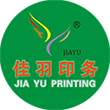
 English
English 中文简体
中文简体 Español
Español Deutsch
Deutsch

